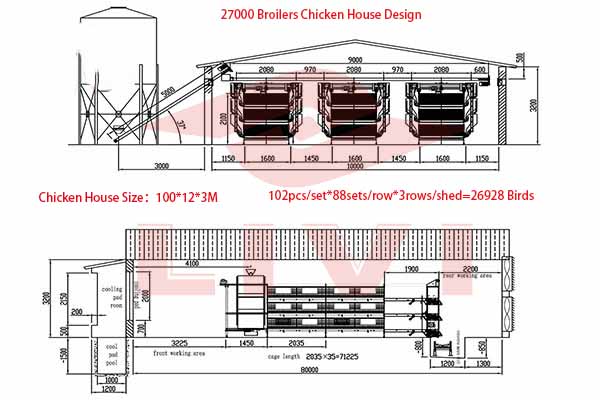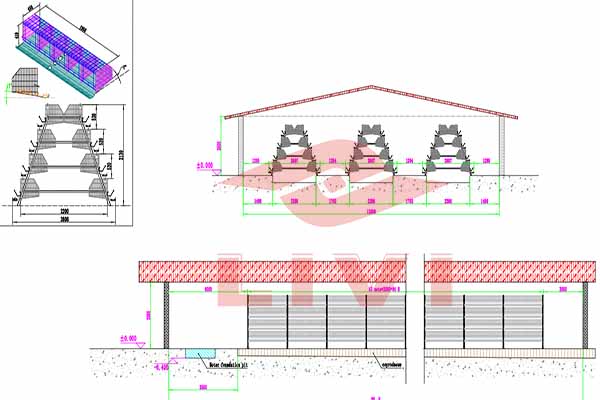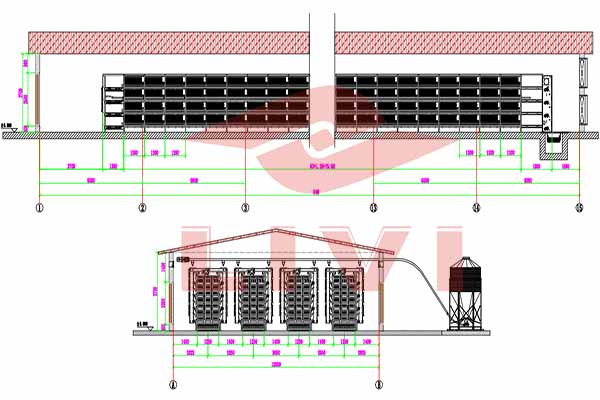Understanding Different Types of Chicken Cages for Efficient Farming
html
摘要:
This article discusses the various types of poultry cages available for chicken farming, focusing on the benefits of different cage styles, the importance of material selection, and the impact of environmental design on sustainability. It also provides a guide on how to choose the right cage for different farming scales and addresses common issues and solutions in cage maintenance and cleaning.
The success of a chicken farming operation largely depends on the type of cage equipment used. With numerous options available, choosing the right cage is crucial for optimizing productivity and animal welfare. Let’s explore the different types of chicken cages, material selection, and environmental design considerations.
Types of Chicken Cages
There are several types of chicken cages available, each with its unique benefits:
– Layer Cages: These are the most common type, designed for laying hens. They can be single-tiered or multi-tiered, depending on the farm’s layout and scale.
– Brooder Cages: Used for young chicks, these cages provide a controlled environment for hatching and initial growth.
– Battery Cages: Known for their vertical stacking, these cages maximize space utilization and are suitable for large-scale operations.
Material Selection
The choice of material for chicken cages is vital for durability and ease of cleaning. Here are some popular materials:
– Stainless Steel: Offers excellent resistance to corrosion and is easy to clean, making it ideal for high-humidity environments.
– Galvanized Steel: Provides rust resistance and is cost-effective for long-term use.
– Polyester: Lightweight and corrosion-resistant, polyester is a popular choice for portable cages.
Environmental Design
Environmental design plays a crucial role in the well-being of the chickens and the sustainability of the farming operation. Some key considerations include:
– Ventilation: Proper air circulation prevents heat stress and disease.
– Lighting: Timely lighting cycles are essential for egg production and chick development.
– Water and Feed Systems: Easy access to clean water and feed ensures the chickens’ health and productivity.
Choosing the Right Cage for Different Farming Scales
The right cage type depends on the farm’s scale and objectives:
– Small-scale farms: Brooder cages and single-tiered layer cages are ideal for starting out.
– Large-scale farms: Multi-tiered and battery cages are more suitable for maximizing space and efficiency.
Common Issues and Solutions in Cage Maintenance and Cleaning
Regular maintenance and cleaning are crucial for the health of the chickens and the longevity of the cages. Common issues include:
– Cage Rust: Regular cleaning and application of rust-inhibiting coatings can prevent rust.
– Feather Loss: Ensuring proper ventilation and comfortable conditions can reduce feather loss.




